In this thought-provoking documentary, scholars, activists and politicians analyze the criminalization of African Americans and the U.S. prison boom. The title of Ava DuVernay’s extraordinary and galvanizing documentary 13TH refers…
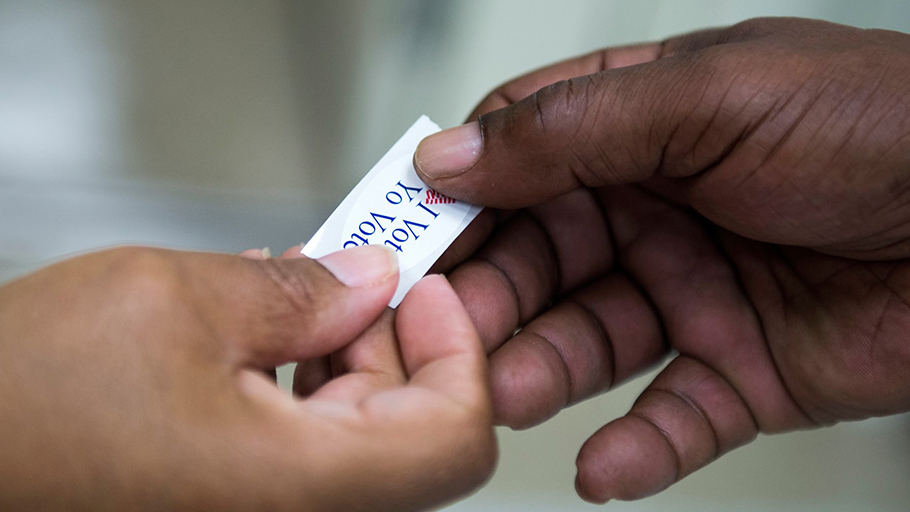
The routine suppression of black voters is far-reaching and has devastating consequences. We cannot be silent about it. By Carol Anderson, The Guardian — The recent spate of whites calling 911 on African Americans for barbecuing while black, waiting in Starbucks while black, sleeping at Yale while black ad nauseum has led to a much-needed discussion about the policing of public spaces. Yet, there’s another important public space where blackness has been policed and we have…
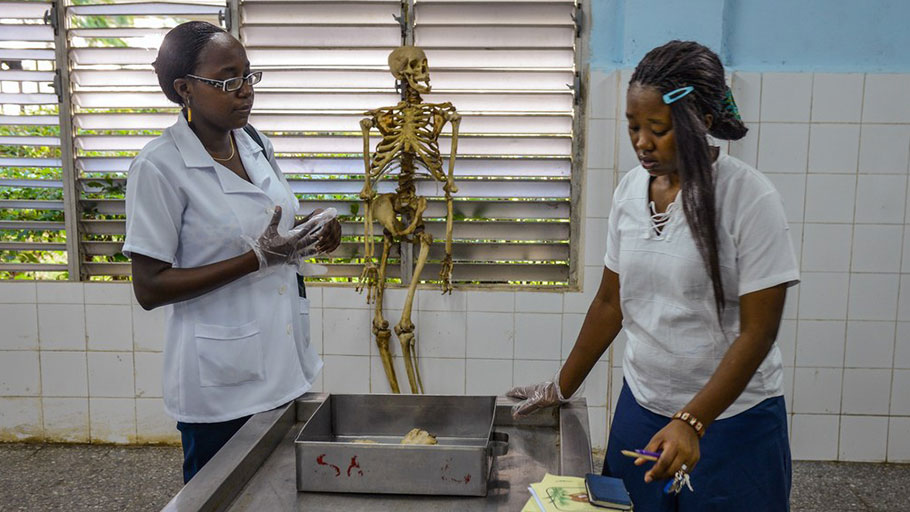
A school in Havana is offering students who pledge to practice in underserved areas a chance to pursue medicine without incurring catastrophic debt. NOTE: If it wasn’t for the close relationship that the Late Rev Lucius Walker had with Fidel Castro, it would have been very difficult for this program to come into existence. — SEA By Anakwa Dwamena, The New York Times — In the countryside of western Havana,…
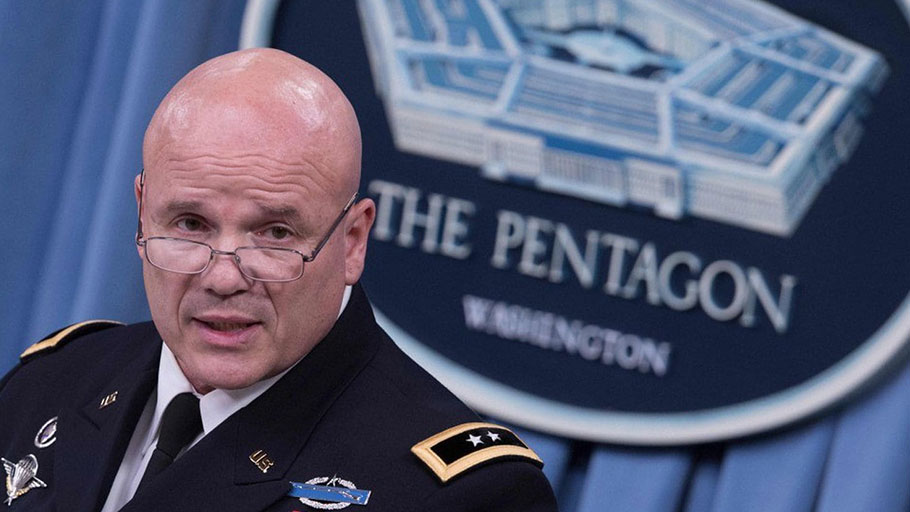
By Salih Booker and Ari Rickman, The Washington Post — Salih Booker is the executive director of the Center for International Policy. Ari Rickman is a research fellow at the Center. Beginning in 2035, the number of young people reaching working age in Africa will exceed that of the rest of the world combined, and will continue every year for the rest of the century. By 2050, one in every…
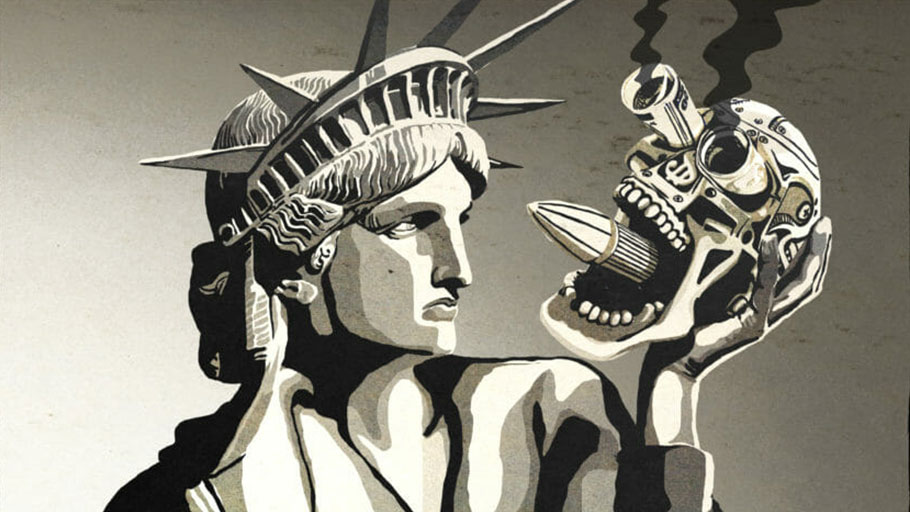
By Chris Hedges, Truthdig.com — Chris Hedges gave this talk Friday at the Left Forum in New York City. W.E.B. Du Bois, more than any intellectual this nation produced in the first half of the 20th century, explained America to itself. He did this not only through what he called the “color line” but by exposing the intertwining of empire, capitalism and white supremacy. He deftly fused academic disciplines. He possessed unwavering…
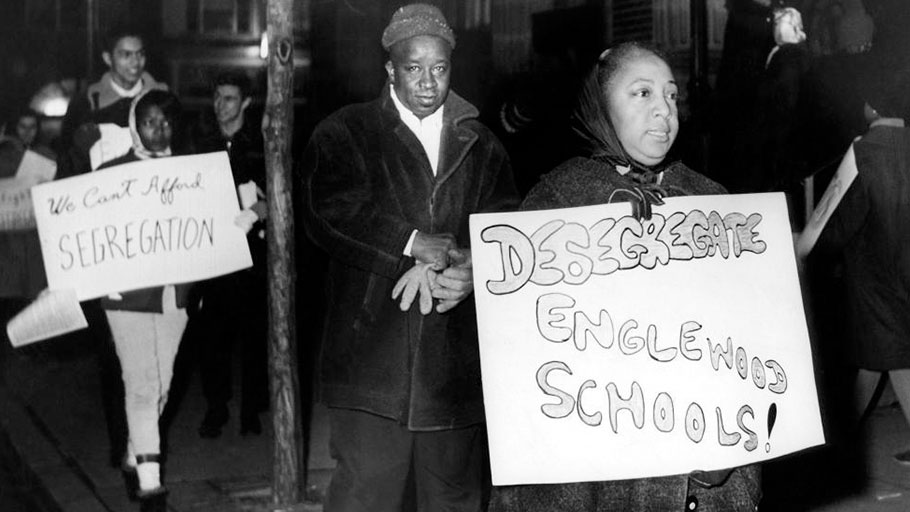
By Ryan Cooper, The Week — If you want to get a good measure of the intense racial segregation of Washington, D.C., just head southeast on the Green Line subway around 5 p.m. Once that train leaves the L’Enfant Plaza station, it will reflect the demographic fact that east of the Anacostia River, the city is overwhelmingly black. This sort of thing is not at all uncommon. Indeed, a recent study…
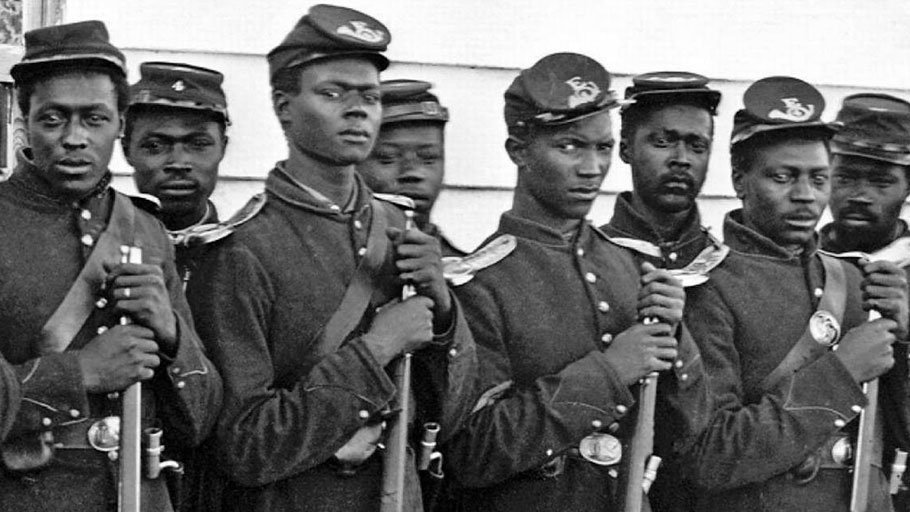
The African-American history of the federal holiday has been nearly wiped from public memory. By Sarah Lazare, AlterNet — Union General John Logan is often credited with founding Memorial Day….

The Poor People’s campaign kicked off 40 days of nonviolent protest on Monday, reviving King’s anti-poverty efforts and demanding action. By Lauren Gambino — Hundreds of low-wage workers, faith leaders, civil rights organizers and liberal activists were arrested in demonstrations in Washington and in cities across the US on Monday as they resumed the work Martin Luther King left unfinished. Fifty years after King launched the Poor People’s Campaign against economic inequality, militarism…
May 6th, 2018 – Confronting head-on America’s war economy and militarism, the necessity of non-violent moral dissent, moral resistance and moral vision is the theme of this powerful speech delivered…
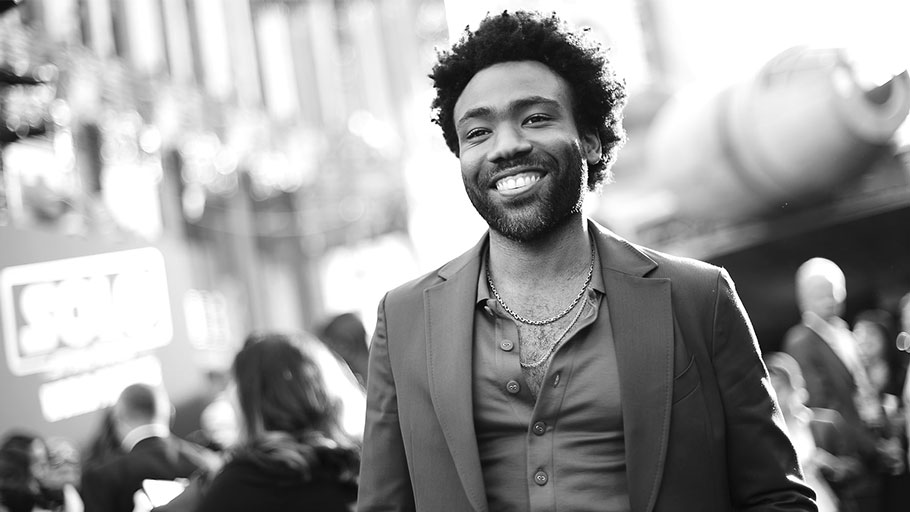
The award-winning writer, actor, singer and rapper has dominated the internet with his provocative, politically charged hit This is America, the latest step in an illustrious, unconventional career By Katie Bain, The Guardian — Try, if you can, to watch This Is America, the new music video from Childish Gambino, while keeping your eyes off the man in the camera’s gaze. It’s not easy. You may have to watch it twice,…
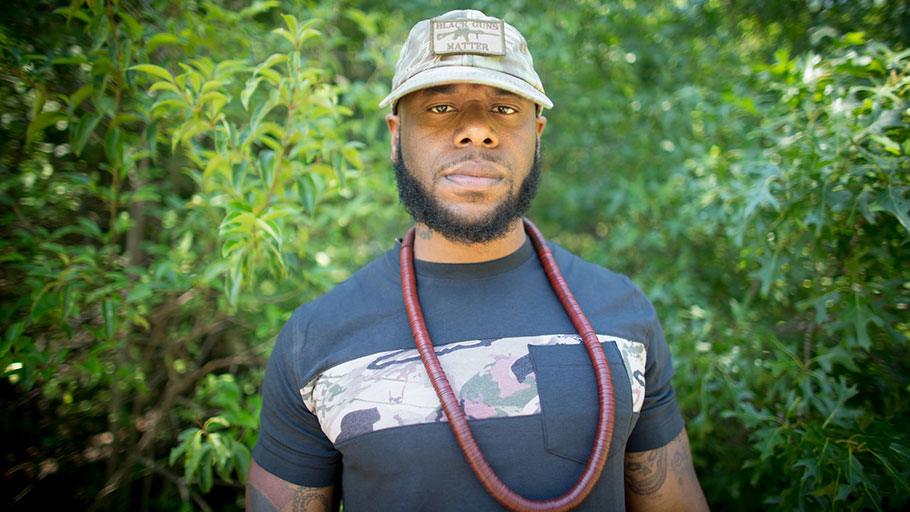
Exclusive: Rakem Balogun spoke out against police brutality. Now he is believed to be the first prosecuted under a secretive US effort to track so-called ‘black identity extremists’ By Sam Levin, The Guardian — Rakem Balogun thought he was dreaming when armed agents in tactical gear stormed his apartment. Startled awake by a large crash and officers screaming commands, he soon realized his nightmare was real, and he and his…
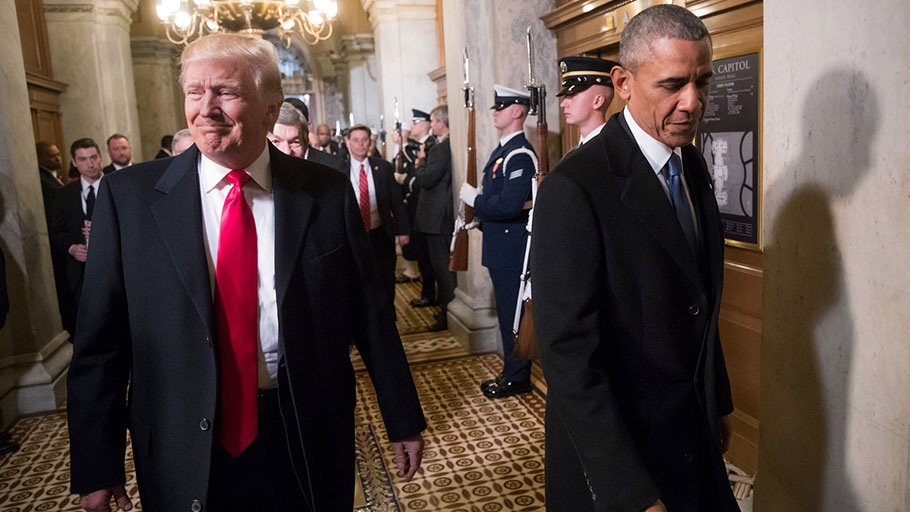
From the Iran deal to TPP to climate change, ‘the whole thing that animates and unites his policy views is antipathy towards Obama’ By David Smith, The Guardian — When Donald Trump pulled out of the deal to curb Iran’s nuclear ambitions, hardline conservatives celebrated, European leaders winced and Barack Obama made a rare, lengthy public statement. Trump’s decision was “misguided” and “a serious mistake”, Obama said, as his signature foreign policy achievement…














